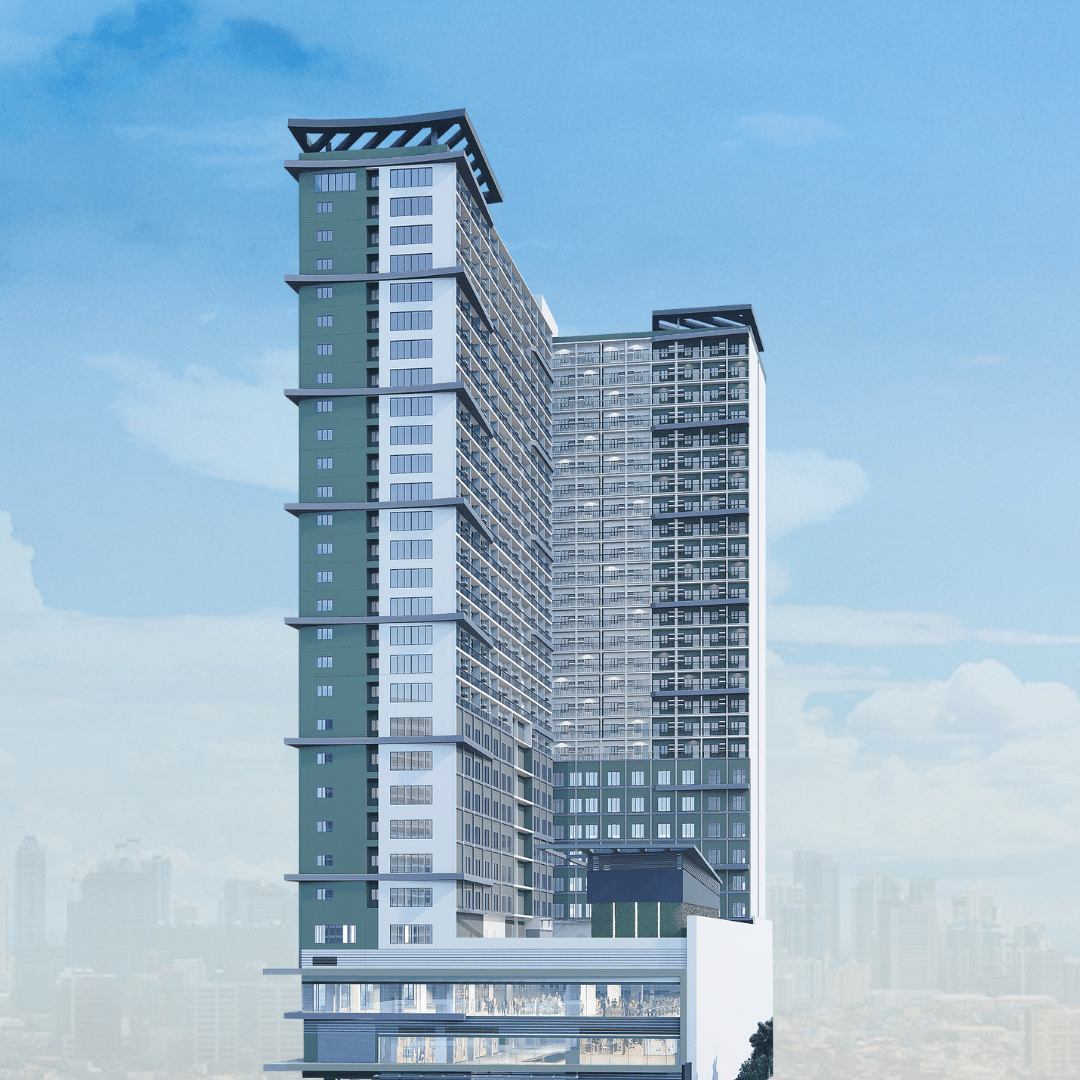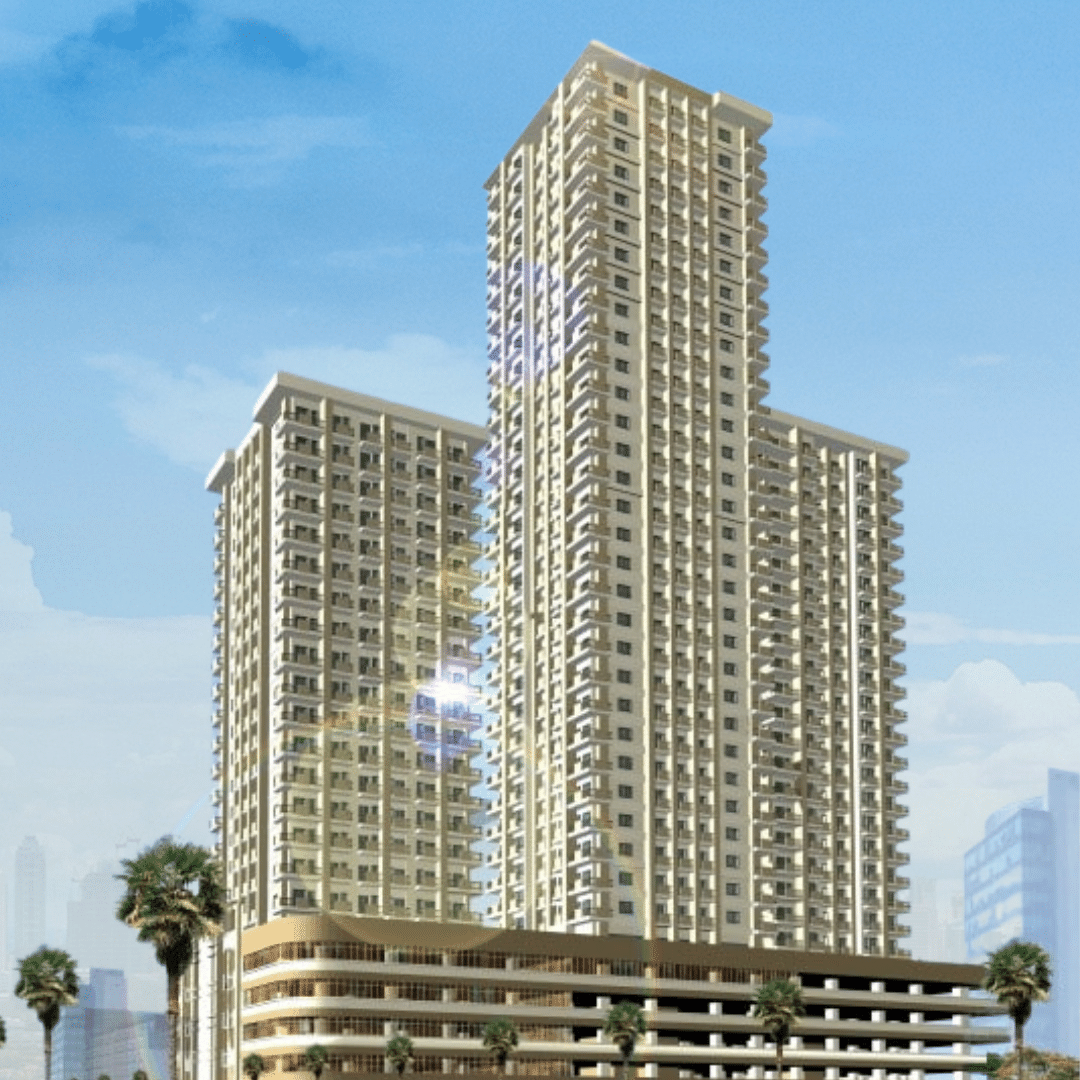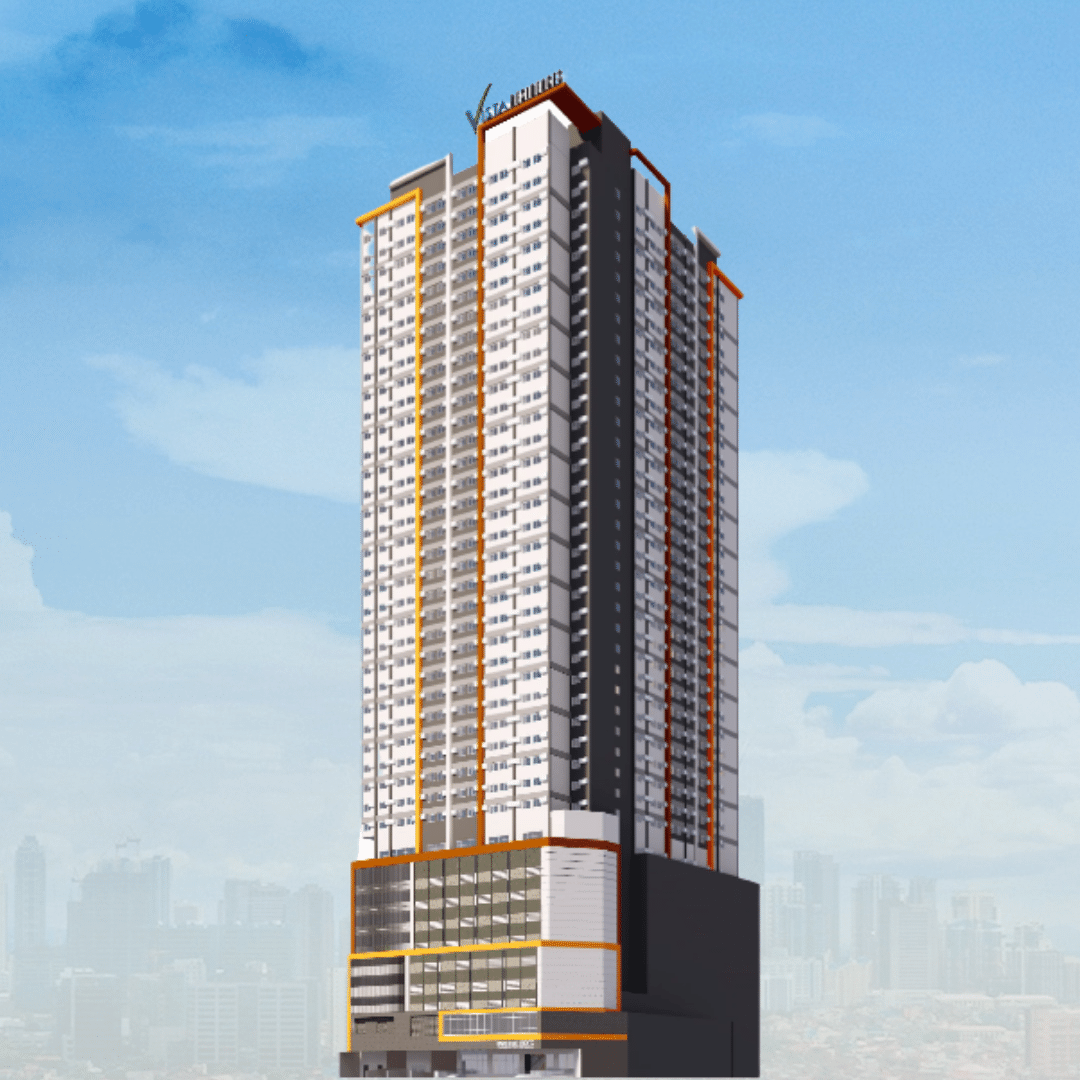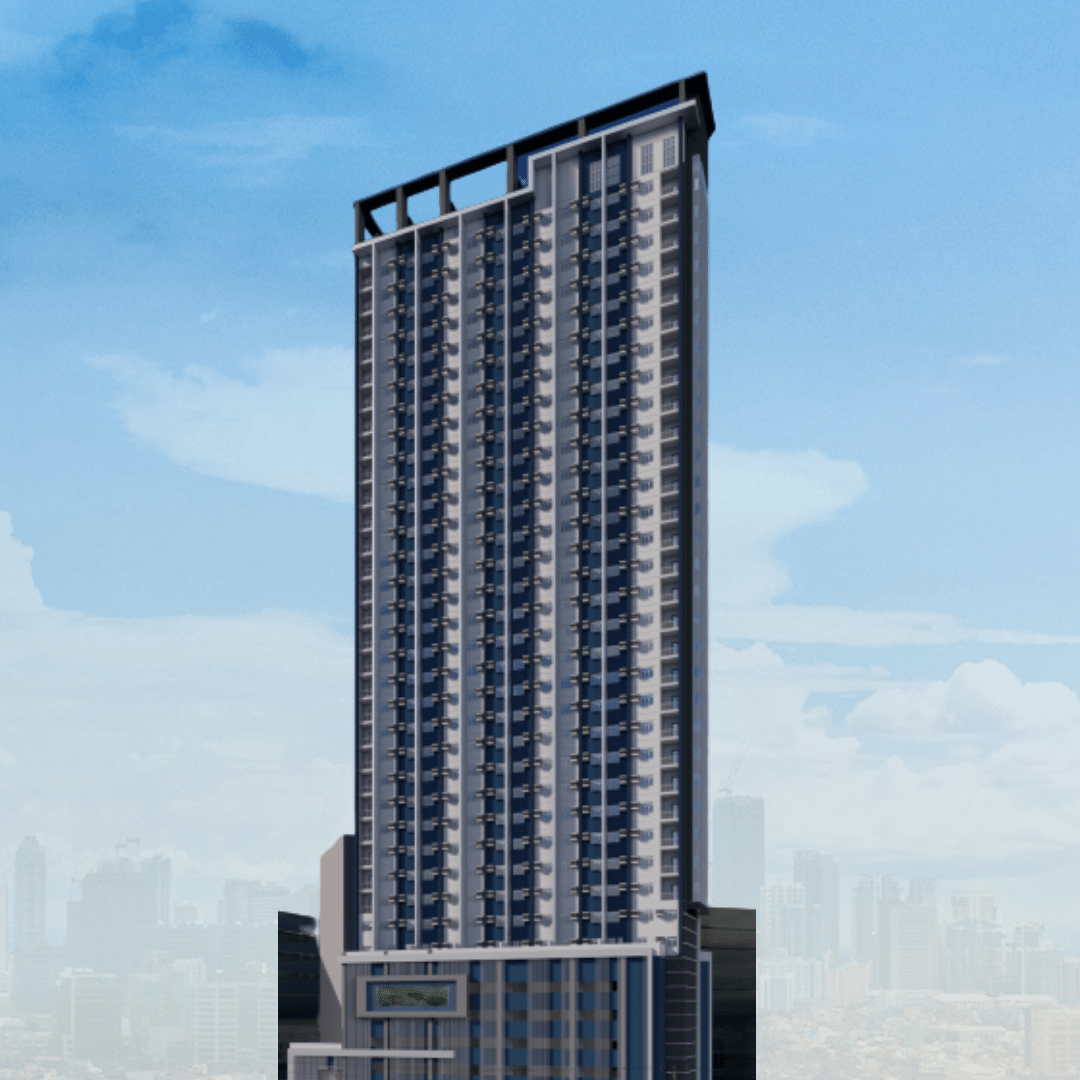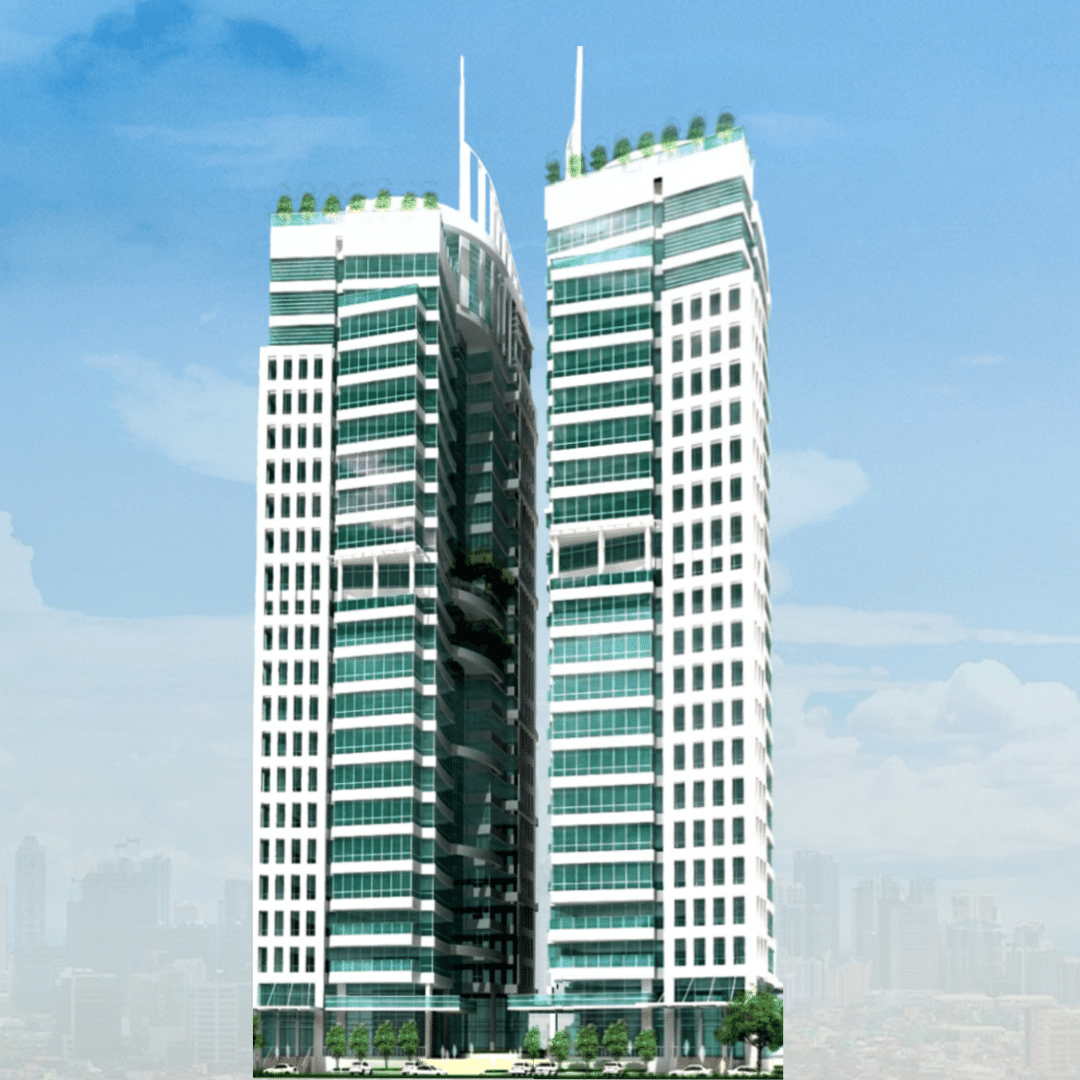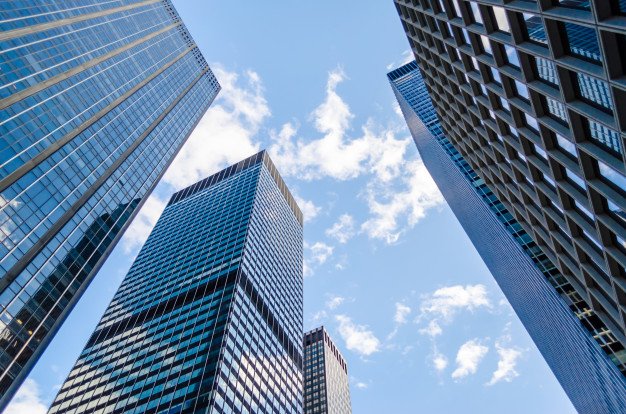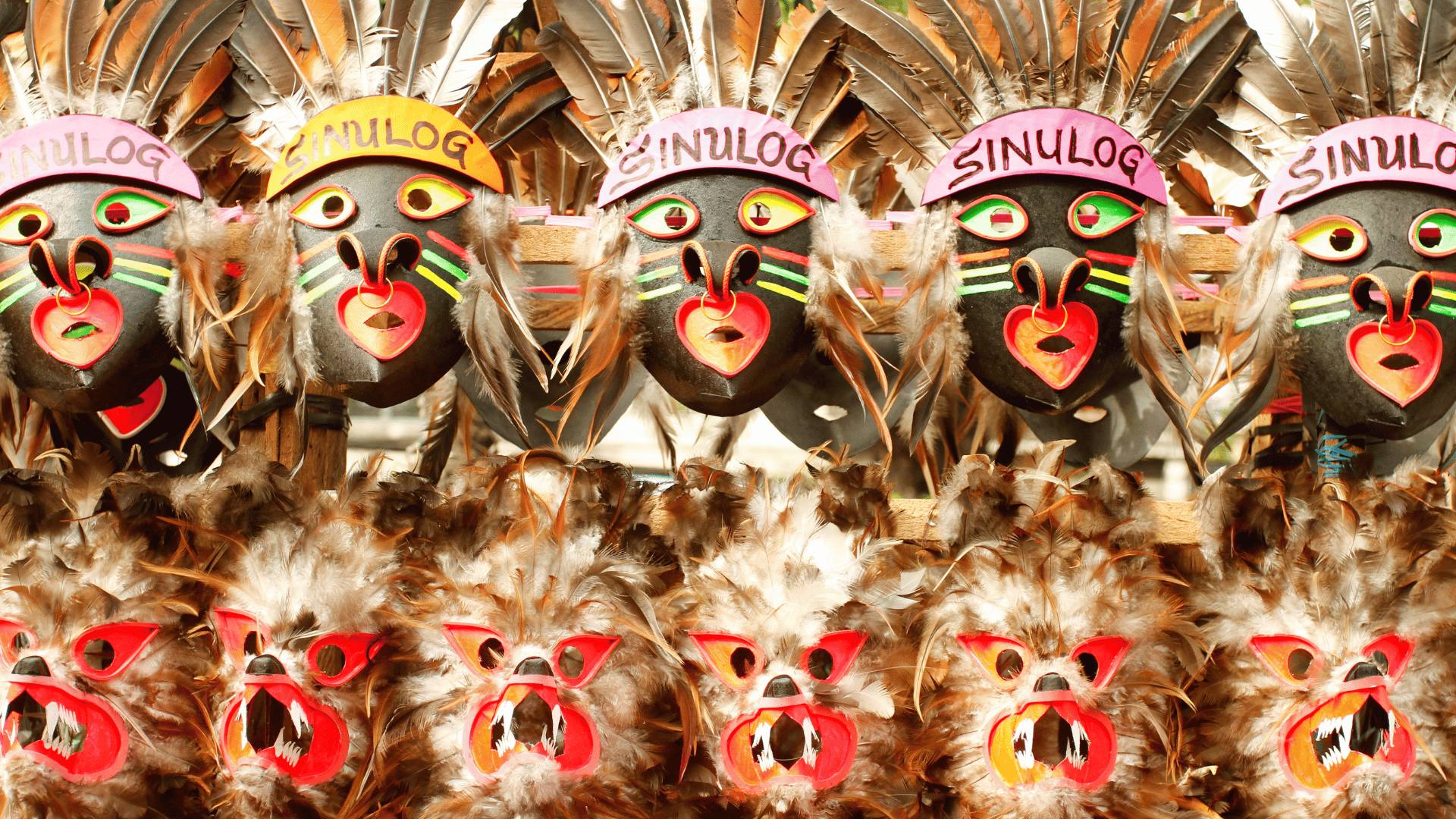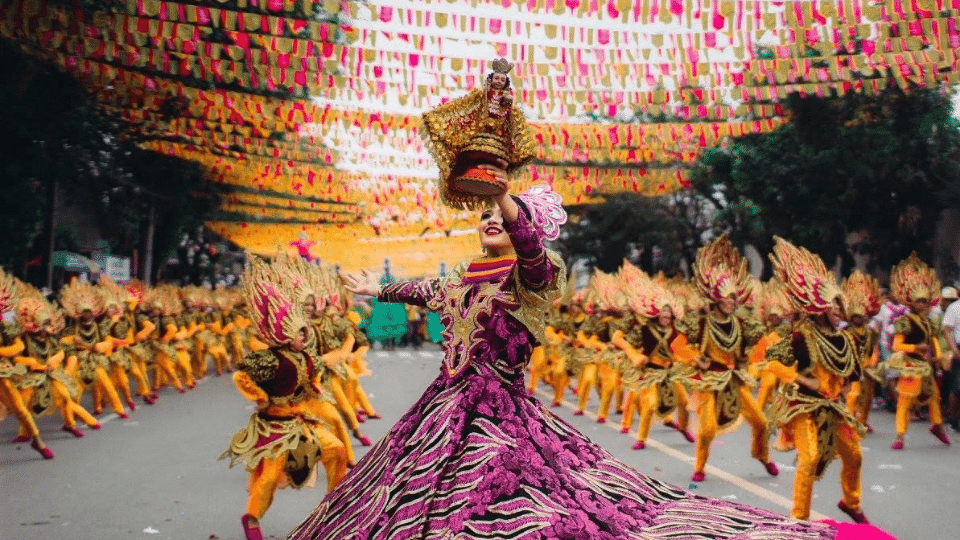Rooted in centuries of history and cultural heritage, Sinulog is not just an event; it's an immersive celebration that encapsulates the spirit, faith, and unity of the Filipino people. From the rhythmic beats of the Sinulog dance to the kaleidoscope of colors adorning the streets, this festival is a dynamic tapestry of religious devotion and joyous revelry.
What is the historical background that gave rise to this colorful festival?
The Sinulog Festival, deeply rooted in the history of the Philippines, traces its origins to the early days of the archipelago. This festival finds its historical significance in the arrival of Ferdinand Magellan in 1521, who gifted the image of the Child Jesus, or the Santo Niño, to Queen Juana of Cebu.
The subsequent spontaneous dance, known as "Sulog," meaning "like water current movement," is believed to be the precursor to the now-iconic Sinulog dance. This festival represents a harmonious fusion of pre-colonial traditions and the acceptance of Christianity, encapsulating the spirit, history, and devotion of the Filipino people to the Santo Niño.
Why is Sinulog the mother of all festivals?
This was one of the largest festivals in the Philippines in honor of Santo Niño and celebrating the origin of Cebu. The events that led to the birth of Christian Christianity were one of the biggest festival to happen in the Philippines. This is why it is called as the "mother of the festivities."
When is Sinulog Festival?
The Sinulog Festival in Cebu typically takes place on the third Sunday of January each year. The entire Sinulog celebration, however, extends for several days, with various events, religious activities, and cultural performances leading up to the grand finale. Travelers planning to attend the Sinulog Festival should check the specific dates for the year they intend to visit, as the schedule may vary slightly from one year to another.
How to make your Sinulog Festival experience worthwhile:
Joining Cebuanos during the Sinulog Festival can be an enriching experience that allows you to immerse yourself in the local culture and traditions. Here are some tips on how to join in the festivities with the Cebuano community:
1. Attend religious activities
Participate in religious activities such as attending Mass at the Basilica Minore del Santo Niño or joining the solemn procession. This demonstrates your respect for the spiritual significance of the festival.
The solemn procession is usually held on the Saturday before the grand parade, which is the main highlight of the Sinulog Festival. During the procession, an image of the Santo Niño is carried through the streets of Cebu City, accompanied by thousands of faithful followers. The participants, clad in traditional attire, join in prayer, song, and dance as they move along the designated route.
2. Watch the Sinulog grand parade
Be part of the grand parade, which is the main highlight of the festival. Join the crowd along the parade route to witness the colorful street dancing and vibrant performances. The heart of the Sinulog Parade lies in the street dancing performances and fluvial parade.
Main roads are closed off for the Grand Parade and street parties are everywhere. Groups of dancers, clad in colorful and intricately designed costumes, move to the beat of drums and traditional Sinulog music. The dance is characterized by graceful and rhythmic steps, symbolizing the flow of water.
3. Savor the taste of Cebu (and eat lechon, ofcourse)
A visit to Cebu City will never be complete without having a taste to their famous lechon. Everyone should fuel their body with great food in the city. Aside from this everyone also have to try sutukil, a seafood dish, and the delectable Cebuano delicacy, "puso" or hanging rice.
4. Learn the Sinulog dance steps
Join dance workshops or practice sessions to learn the Sinulog dances. Locals will appreciate your efforts to participate in this integral part of the festival during the grand street parade. By actively participating in the various aspects of the Sinulog Festival, respecting local traditions, and engaging with the community, a more meaningful and enjoyable experience is created.
5. Visit places in Cebu City during Sinulog Festival
Sinulog Festival is celebrated primarily in Cebu City, Philippines. During this vibrant festival, numerous events and activities take place throughout the city, offering a diverse range of experiences for locals and visitors alike. Here are some key places to visit for Sinulog in Cebu:
- Basilica Minore del Santo Nino: As the spiritual center of Sinulog, this basilica is where the revered image of the Santo Niño (Child Jesus) is enshrined. Join novena masses and experience the religious fervor.
- Magellan's Cross: A short walk from the basilica, Magellan's Cross is a historical landmark symbolizing the arrival of Christianity in the Philippines. It's often included in Sinulog-related activities.
- Fuente Osmeña Circle: This central roundabout in Cebu is a hub for various Sinulog-related events, including the launching of the festival and the grand parade.
- Cebu City Sports Complex: The sports complex hosts the Sinulog sa Kabataan, a special event featuring street dancing competitions and cultural presentations by the youth.
- Cultural Shows and Exhibits: Explore cultural shows and exhibits held in different parts of the city, providing insights into Cebuano traditions, arts, and crafts.
- Sinulog Fair: Visit the Sinulog Fair, which often features local products, crafts, and food stalls
6. Explore Cebu City and its beauty
Since Cebu is the Queen City of the South, take advantage of your time in Cebu by exploring nearby attractions. Visit beautiful beaches, historical sites, and natural wonders that the region has to offer.
Remember to plan the trip in advance, stay updated on the festival schedule, and be open to embracing the warmth and hospitality of the Cebuano people. By engaging in a variety of activities, it can ensure a well-rounded and unforgettable experience during the Sinulog Festival.
Here are some do's and don'ts to keep in mind during Sinulog:
Show reverence for religious customs: Given the profound religious significance of this, it is essential to exhibit respect when engaging in or observing religious ceremonies, processions, and novena masses.
Plan your accommodations in advance: With the surge of visitors, it is prudent to make early reservations for accommodations to guarantee a comfortable stay.
During the Sinulog Festival, Vista Residences provides a comfortable and convenient place to stay in Cebu City. Whether you're looking for a cozy retreat after immersing yourself in the festivities or seeking a centrally located accommodation, Vista Residences offers a range of options to suit your needs. Be sure to book your stay in advance to secure a comfortable and enjoyable accommodation during this lively festival in Cebu.
Connect with locals, be like a local: Strike up conversations with locals, learn about their traditions, and ask for recommendations on where to go or what to do. Cebuanos are known for their warm hospitality.
Stay hydrated: The festival can be physically demanding, especially if you're joining the street parties or parades. Keep yourself hydrated to enjoy the festivities to the fullest.
Capture memories responsibly: Take photographs to capture the vibrant atmosphere, but be respectful of people's privacy. Avoid disrupting religious ceremonies with loud or intrusive behavior.
Avoid excessive noise: While celebrating is encouraged, try not to create excessive noise, especially during quiet moments or religious ceremonies.
Don't block procession routes: During religious processions, avoid blocking the routes of the procession. Give way to participants and maintain a respectful distance.
Be sensitive with their culture: Respect the local culture and traditions. Avoid making negative comments about religious practices or cultural norms.
Remember that this festival is more than just a celebration; it's a cultural immersion, a spiritual experience, and a vibrant expression of the Cebuano way of life. To fully savor the magic of Sinulog, engage with the local customs, respect religious practices, and embrace the warmth of Cebuano hospitality. Soak in the colors, rhythms, and traditions – let this leave an indelible mark on your heart.
.png)
